In the summer of 2019, analogue TV broadcasting ceased to function in the Russian Federation. It has been replaced by more modern
digital terrestrial television . Let’s take a look at how the audio and video encoding and transmission technology works, which allows you to watch several dozen channels even in the most inaccessible corners of the country, consider what digital TV frequencies are and how to configure them.
- Channel Multiplexing
- Digital television frequencies in Moscow and regions of Russia
- Digital television frequencies included in the first multiplex (RTRS-1)
- Second multiplex (RTRS-2)
- Third multiplex (RTRS-3)
- DVB-T2 digital channel frequencies
- Connection and setup
- Connecting a TV with built-in tuner
- Connecting a digital set-top box to a TV without a tuner
- Hardware setup
Channel Multiplexing
A multiplex is usually called television and radio channels combined into a single digital block. These TV and radio channels are mixed (multiplexed) and transmitted via a special transport stream. On the receiving device (
digital set-top box , digital tuner built into the TV), they are separated (demultiplexed).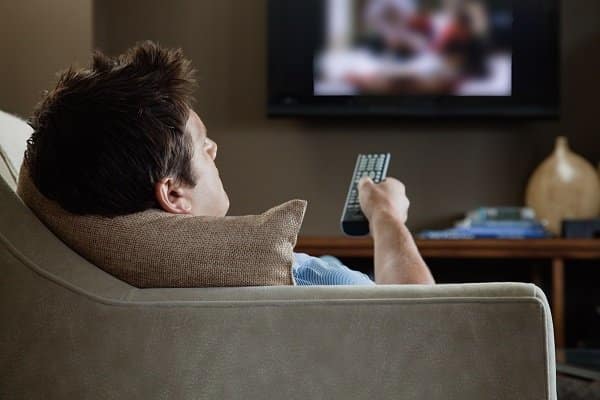 In the case of digital multi-channel television, transmission is carried out on a single frequency. The package may include channels of different formats and quality (SD, HD, 3D). They are formed by various sources (TV and radio companies, operators, providers, etc.), while broadcasting streams, subtitles, teletext, TV guide, etc. are transmitted.
In the case of digital multi-channel television, transmission is carried out on a single frequency. The package may include channels of different formats and quality (SD, HD, 3D). They are formed by various sources (TV and radio companies, operators, providers, etc.), while broadcasting streams, subtitles, teletext, TV guide, etc. are transmitted.
Digital television frequencies in Moscow and regions of Russia
Two multiplexed streams are already operating on the territory of the Russian Federation, the third multiplex is being prepared for launch. Each of the packages is assigned a certain frequency in the decimeter wave range. The technology eliminates the intersection of different streams of an adjacent wave to prevent mutual influence. The quality of DTV broadcasting remains at the highest level, regardless of factors such as:
- solar Activity;
- precipitation and other weather conditions;
- temperature;
- humidity;
- time of day and year.
Digital television frequencies included in the first multiplex (RTRS-1)
Mandatory package with all-Russian, public, free television and radio resources. Content designed to provide the population with socially significant information was approved by the President of the Russian Federation in the summer of 2009. According to the technical plan, the first block has the following parameters:
- transmission is carried out on decimeter waves 470-862 MHz;
- broadcasting standard – DVB-T2;
- there is no encryption;
- broadcast format – SDTV.
Depending on the location of the area, the first multiplex may be broadcast on one of the above frequencies. For example, in Moscow and the Moscow region – this is 546 MHz.
List of channels of the first digital package:
- The first;
- Russia;
- Match;
- NTV;
- culture;
- Channel 5;
- Russia 24;
- Carousel;
- OTR;
- TVC.
Digital TV in Moscow – frequencies of 50 channels: https://youtu.be/tmxAS7znLjA
Second multiplex (RTRS-2)
A block with all-Russian and public television and radio resources, the distribution of which on a free basis depends on the operator. Channels of the second package can be provided, including on a paid subscription.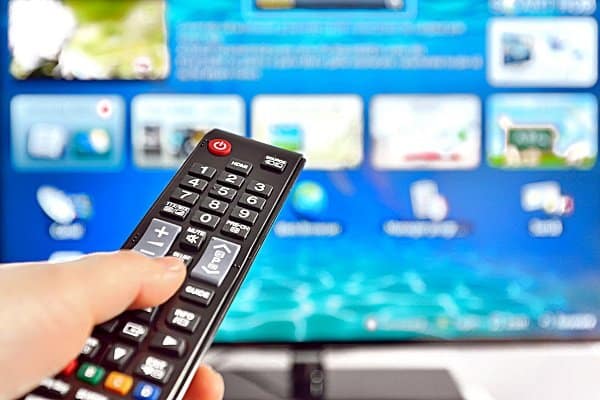
The second digital package has technical characteristics similar to the first multiplex. In the Moscow region, for example, it is broadcast on a wave with a frequency of 498 MHz.
List of channels approved by Roskomnadzor:
- Ren TV;
- Saved;
- STS;
- Home;
- TV-3;
- World;
- Friday;
- Star;
- TNT;
- Muz TV.
Free digital TV, turn on the second multiplex: https://youtu.be/dvuCpScsId8
Third multiplex (RTRS-3)
The launch was announced in 2020. In some regions, the list has already been approved, but in the whole country with RTRS-3 there are many ambiguities, for example, which channels and which companies will be included in it, whether they will all become paid or certain content will be distributed free of charge, allocated frequencies for transmission, etc. n. Possible channel list:
- My planet;
- Cartoon;
- Russian bestseller;
- Country;
- Sundress;
- Confidence;
- Amusement park;
- The science;
- Disney;
- Kitchen TV.
https://youtu.be/PAUCVor-SUw
DVB-T2 digital channel frequencies
On the territory of Russia, terrestrial digital television operates on channels 21 – 69, in the operating frequency band from 470 to 862 MHz. The stream width is 8 MHz and theoretically the latter contains 48 channels or a similar number of multiplexes.
Digital television frequencies may vary depending on the region and the number of towers in a particular area. For example, in the Tula region, these are 24 transmission centers covering almost 100% of the territory and using different transmission frequencies.
Setting up a TV or
digital set-top box for a particular stream is carried out according to the map of the DTV coverage area in your region. This is done by entering the appropriate frequency or channel in the search mode.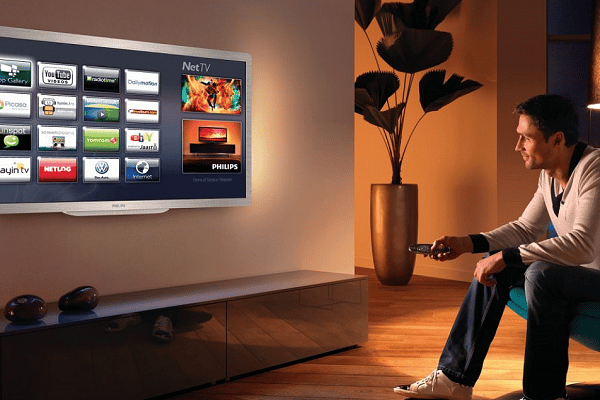 What frequency does digital television broadcast on:
What frequency does digital television broadcast on:
| Channel number | Frequency, MHz |
| 21 | 474 |
| 22 | 482 |
| 23 | 490 |
| 24 | 498 |
| 25 | 506 |
| 26 | 514 |
| 27 | 522 |
| 28 | 530 |
| 29 | 538 |
| thirty | 546 |
| 31 | 554 |
| 32 | 562 |
| 33 | 570 |
| 34 | 578 |
| 35 | 586 |
| 36 | 594 |
| 37 | 602 |
| 38 | 610 |
| 39 | 618 |
| 40 | 626 |
| 41 | 634 |
| 42 | 642 |
| 43 | 650 |
| 44 | 658 |
| 45 | 666 |
| 46 | 674 |
| 47 | 682 |
| 48 | 690 |
| 49 | 698 |
| fifty | 706 |
| 51 | 714 |
| 52 | 722 |
| 53 | 730 |
| 54 | 738 |
| 55 | 746 |
| 56 | 754 |
| 57 | 762 |
| 58 | 770 |
| 59 | 778 |
| 60 | 786 |
| 61 | 794 |
| 62 | 802 |
| 63 | 810 |
| 64 | 818 |
| 65 | 826 |
| 66 | 834 |
| 67 | 842 |
| 68 | 850 |
| 69 | 858 |
Find out the channel frequencies for watching digital television in your region, coverage and multiplex support on the
rtrs.ru resource . When you go to the site, you will automatically be transferred to your native region. Other relevant information about terrestrial digital television in your area is also available here.
Connection and setup
Connecting and setting up digital television does not require special knowledge and skills. If you are using a modern TV, most likely it already has a built-in digital tuner, but if your TV is an outdated model, you will have to purchase a DVB-T2 set-top box. In addition to any connection option, an
antenna operating in the UHF range is required.
Connecting a TV with built-in tuner
Most models of modern TVs already have an integrated DVB-T2 digital receiver. You can get exact information about this from the user manual for your TV. Connecting a TV with a built-in tuner consists of the following steps:
- Connect the antenna plug to the appropriate socket on the TV panel. If possible, install the antenna as close to the window as possible, turning it in the direction of the transmitting tower.
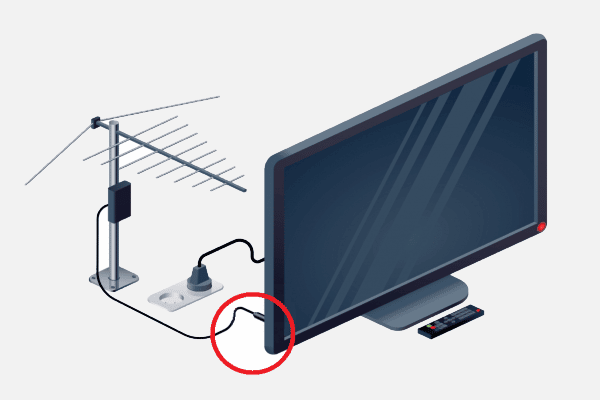
- The antenna socket is designated as RF IN. Now you can turn on the TV and tune in digital channels.
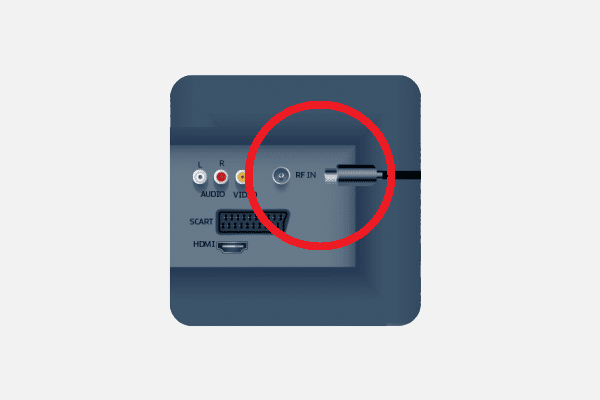
Manual tuning of digital channels: https://youtu.be/BAtDLqBGlOk
Connecting a digital set-top box to a TV without a tuner
In outdated television receivers, there is no integrated digital DVB-T2 module. For this reason, you will need an external
digital set-top box . Among the many brands of this type of equipment, the most popular are:
- D-color;
- Lumax;
- iconbit.
The cost of the set-top box varies from 1 to 5 thousand rubles, depending on the presence or absence of additional functions in it. To connect to an old TV, any DVB-T2 receiver with an RCA output (“tulips”) is suitable.
Connection instructions:
- Connect the output of the digital set-top box and the input of the TV with an RCA cable. Connect the antenna plug to the appropriate socket on the panel of the DVB-T2 receiver. If possible, install the antenna closer to the window and turn it in the direction of the television center.
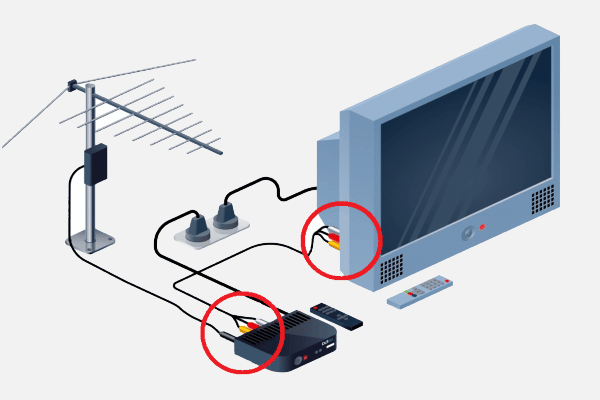
- The antenna jack on the set-top box is designated as RF IN, and the RCA connectors on both the receiver and the TV are labeled Video and Audio. The connection is carried out strictly in accordance with the color marking of the connecting elements, however, in the case of audio channels, its observance is not so significant. Now you can turn on the equipment and proceed to its configuration.
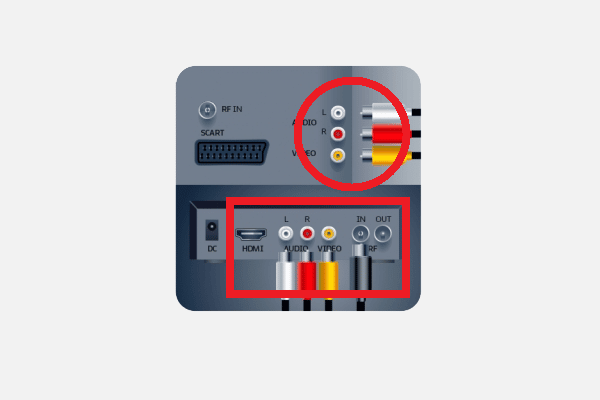
Hardware setup
Setting up digital television comes down mainly to searching and editing channels. Both in a set-top box and in a TV with an integrated DVB-T2 module, this is easiest to do in automatic mode. Setting instructions:
- Go to the menu of the TV or digital set-top box. How to do this should be indicated in the user manual for your equipment. Go to the “TV” tab and activate the automatic channel search.
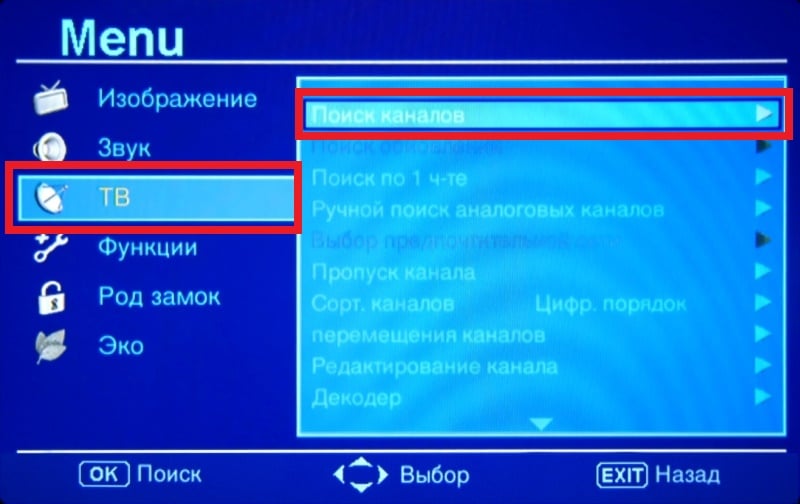
- Select “DTV” or “ATV and DTV” depending on the model of your set-top box or TV. The process of scanning and installing channels will start.
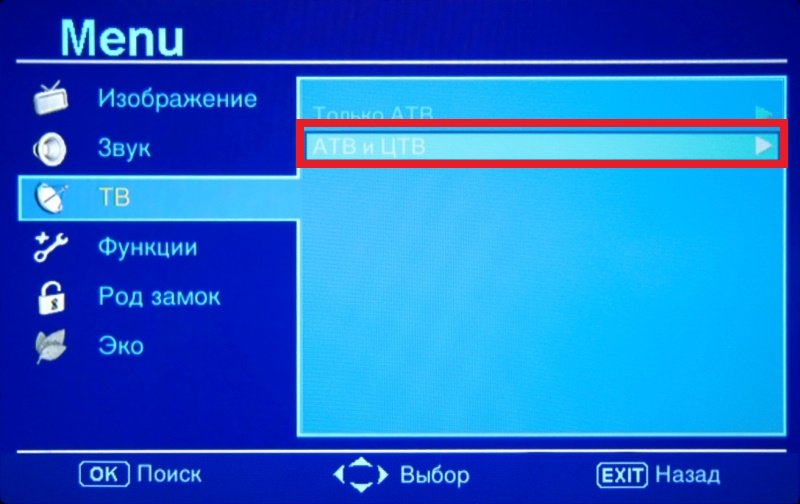
Analog terrestrial TV is a thing of the past. On the territory of Russia, two digital multiplexes with 20 television and 3 radio channels are already in operation, broadcasting at frequencies of 470-820 MHz. They can be received on any TV with a built-in or external DVB-T2 module.

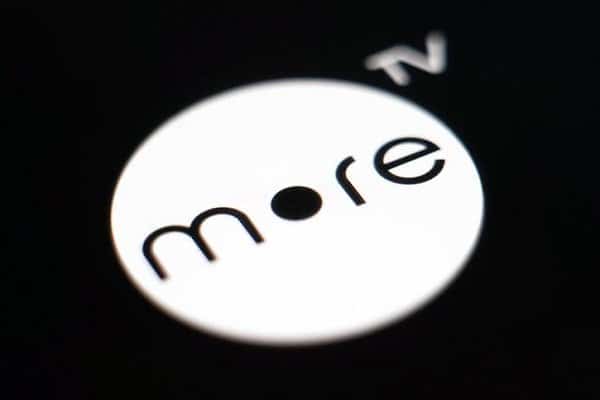
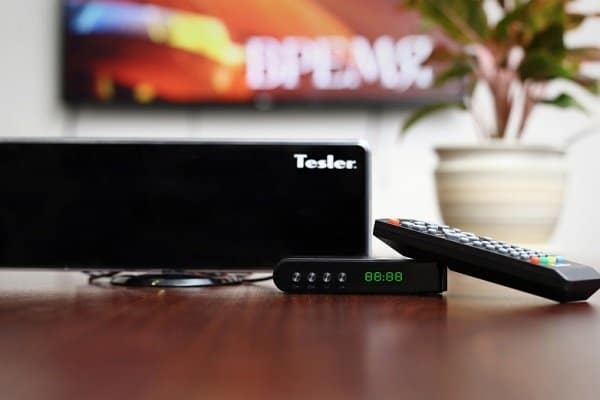

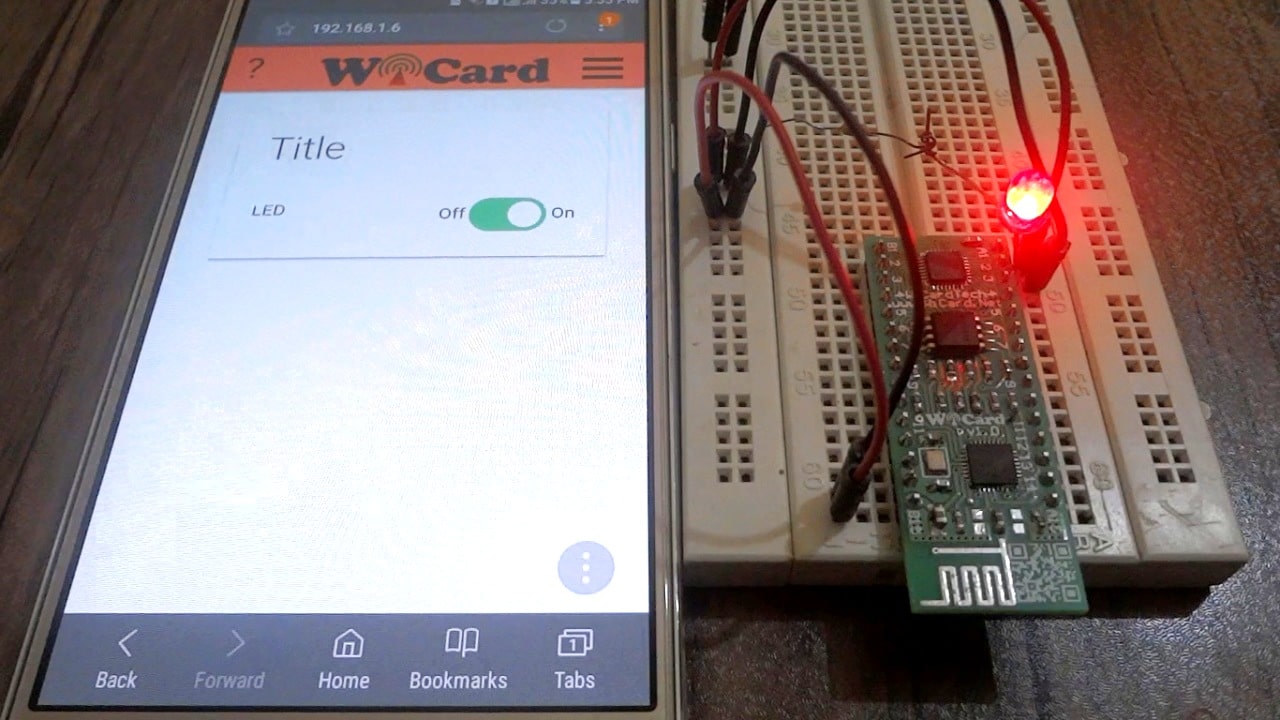



Интересно и познавательно. О многом даже не задумывался и не вникал. Спасибо.
Значит на 2020 год анонсировали запуск РТСР-3. У меня родители постоянно интересуются, когда расширят сетку каналов для цифрового телевидения, а то им постоянно нечего смотреть). Конечно, если нет какого-то канала, то сейчас для нас не проблема найти их, заходишь в интернет и смотришь, но для старшего поколения интернет и компьютеры это что-то такое запредельное. Хорошо, что хоть могут разобраться в подключке самой цифровой приставки, а так, когда появится РТСР-3 придется приезжать и настраивать).